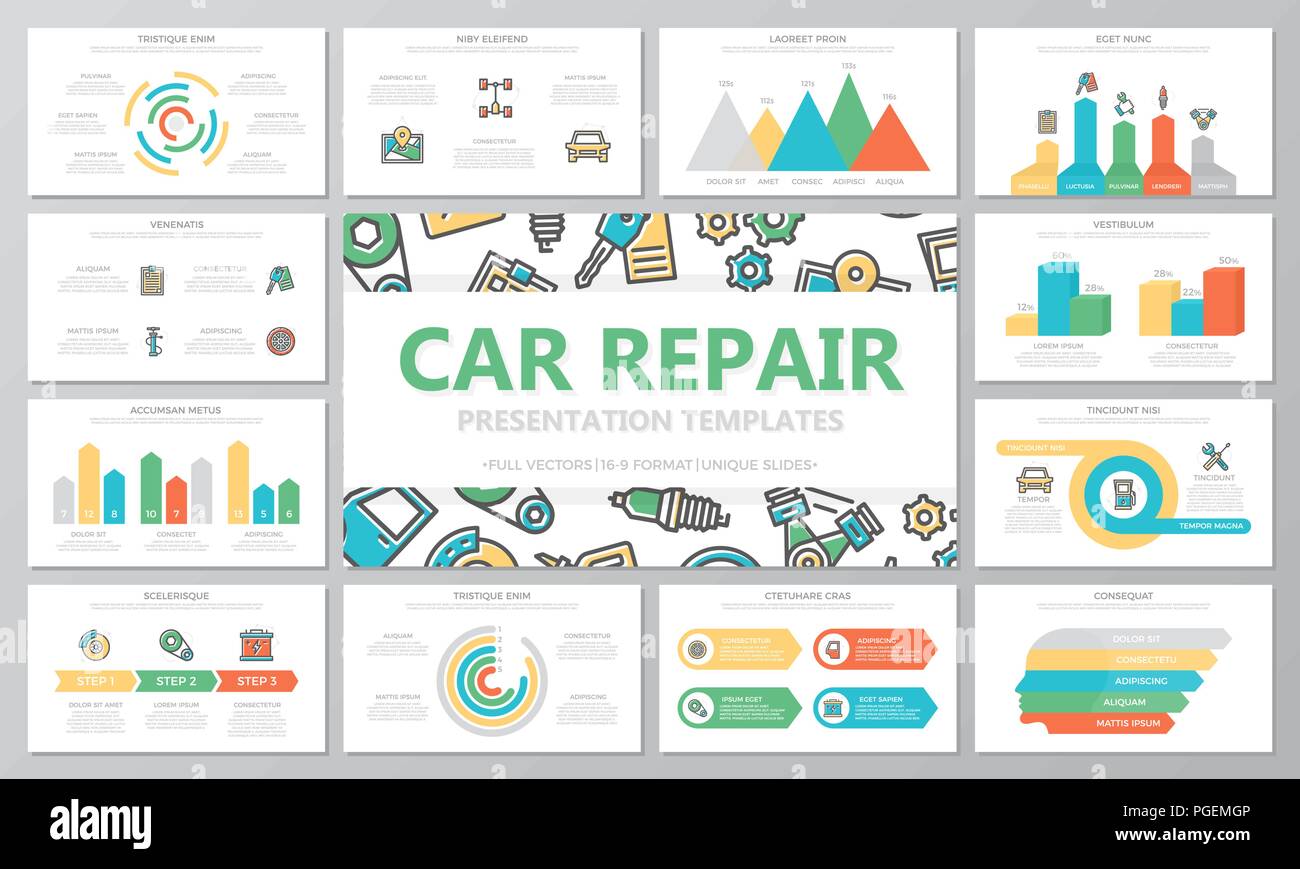Nevertheless, What Can Be Done About Squishy Brake Pedals? Find The Solution Outlined Listed Below!
Nevertheless, What Can Be Done About Squishy Brake Pedals? Find The Solution Outlined Listed Below!
Blog Article
Written By-Prater Bjerring
When it comes to your lorry's brake system, understanding typical issues can conserve you from prospective security risks. From identifying brake pad wear to attending to brake liquid leakages, understanding exactly how to tackle these issues is necessary. However what concerning those spongy brake pedals? There's a solution for that also. Keep tuned to find out https://brakepads51728.tusblogos.com/31216115/a-vital-overview-to-the-essential-devices-in-every-auto-repair-shop-introducing-the-keys-behind-efficient-lorry-upkeep regarding these issues and the sensible solutions that can maintain you securely when driving.
Brake Pad Put On and Replacement
When it pertains to maintaining your automobile's brake system, one vital aspect to keep an eye on is the wear and substitute of brake pads. Brake pads are essential parts that press versus the brake blades to decrease or stop your automobile. With time, these pads wear down due to friction, requiring normal examination and replacement to guarantee your brakes work successfully.
To figure out if https://speedwaymedia.com/2022/07/21/how-to-sell-off-your-junk-car-for-a-fair-price/ require substitute, pay attention for shrieking or grinding noises when you apply the brakes. Additionally, if your automobile takes longer to quit or you see resonances or pulsations when braking, it might be time to change the brake pads.
Ignoring worn brake pads can lead to decreased stopping efficiency, damages to other brake parts, or even brake failure.
Replacing https://oilchangeplacesnearme84051.activoblog.com/32564025/necessary-steps-to-winterize-your-vehicle-making-certain-safe-and-trusted-driving-in-winter is a relatively uncomplicated process for numerous cars. Nevertheless, if you're uncertain or unpleasant performing this job, it's best to speak with a professional mechanic to ensure proper setup and optimum brake performance.
Consistently inspecting and changing brake pads is vital for your safety and the durability of your vehicle's braking system.
Brake Fluid Leaks and Upkeep
To ensure your vehicle's brake system operates optimally, it is necessary to also pay attention to brake liquid leakages and upkeep. Brake fluid is essential for transferring the force from your foot on the brake pedal to the real braking device. One usual concern with brake fluid is leakages, which can take place due to tatty brake lines, seals, or links. If you observe a pool or trickles under your auto, it's important to address the leakage quickly to prevent a prospective brake failure.
Consistently inspecting your brake liquid degree is crucial to preserving your brake system. Reduced brake liquid can cause air going into the brake lines, which jeopardizes stopping performance.
Furthermore, old or polluted brake fluid can affect the total effectiveness of your brakes. It's recommended to adhere to the producer's standards on when to alter the brake fluid, typically every 2 years.
Spongy Brake Pedal: Blood Loss Brakes
If you've ever before experienced a mushy brake pedal while driving, you recognize the relevance of preserving a firm and responsive braking system. One usual root cause of a mushy brake pedal is air entraped in the brake lines. When air enters the brake system, it can lead to a loss of hydraulic pressure, causing that upsetting squishy sensation when you push the brake pedal.
To solve this problem, bleeding the brakes is needed. Hemorrhaging the brakes includes getting rid of the air from the brake lines to restore proper hydraulic stress.
To hemorrhage the brakes, you'll need an assistant to aid you. Start by finding the brake bleeder valve on each wheel, generally discovered near the brake caliper. With a wrench, loosen up the valve and have your assistant press the brake pedal while you observe any type of air bubbles coming out. Repeat this process for each wheel, beginning with the wheel farthest from the master cyndrical tube and moving better.
When you no longer see air bubbles and just clear fluid arises, tighten up the valve and top up the brake fluid reservoir as required. Bleeding the brakes aids guarantee a firm brake pedal and improves general braking performance.
Final thought
Since you understand typical brake concerns and exactly how to fix them, you can guarantee your automobile's safety and performance. Bear in mind to listen for warning signs like screeching sounds or spongy brake pedals, and address them immediately. Routine upkeep and timely replacements are crucial to keeping your brakes in top condition. Keep aggressive and attentive to your brake system to take pleasure in risk-free and trustworthy driving experiences.
